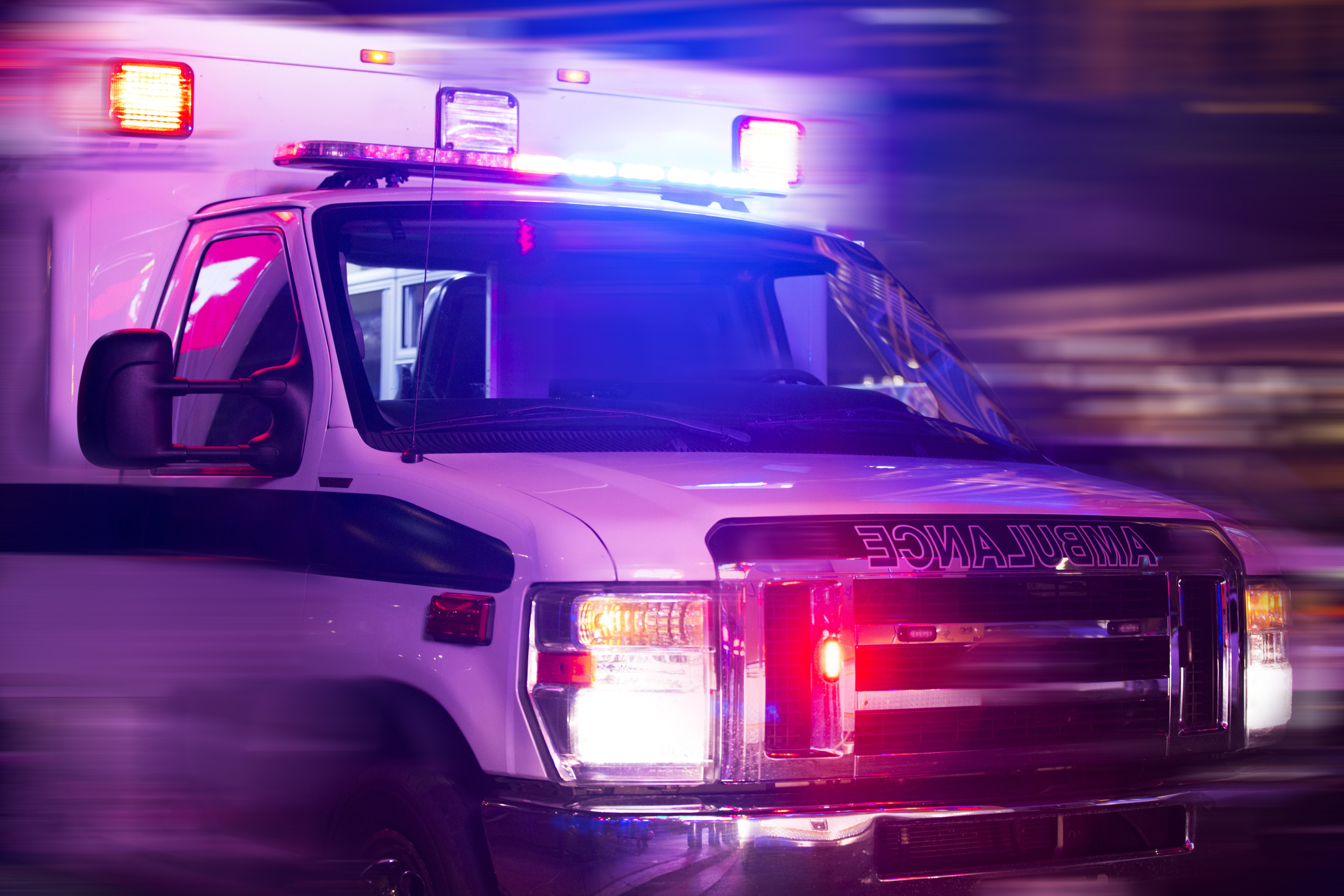YOUR HEALTHOpioids
What are Opioids?
Opioids are a type of medication used to treat pain. Opioids may be prescribed medications or be produced and obtained illegally.
Examples of opioids are:
- Fentanyl
- Morphine
- Methadone
- Oxycodone
- Hydromorphone (Dilaudid)
- Percocet
- Codeine
When used as prescribed, opioids are effective pain medications. However, they carry a greater risk of addiction because of the “high” they can produce. You can develop a tolerance to opioids which means you need to take more of the drug to get the wanted effect. This increases the risk of addiction and poisoning.
Opioids have become a public health concern because there has been a dramatic increase in the number of opioid poisonings in Canada over the past 5 years. The increase in opioid poisonings is a result of the illegal opioid supply being contaminated with other drugs, like fentanyl, which can be fatal at very small amounts.
What is an Opioid Poisoning?

You are at risk of a poisoning if you:
- Take an opioid not prescribed for you
- Take a higher opioid dose than prescribed for you
- Take illegally produced or obtained drugs
- Combine opioids with other depressant drugs including:
- Alcohol
- Sleeping pills (benzodiazepines)
- Anxiety medication
- Muscle relaxants
Lower Risk Opioid Use
If you use opioids, consider using safer methods. Check out the recommendations for safer use:
- Use sterile equipment. We offer sterile equipment through our Needle Syringe Program.
- Do not use drugs alone. If this is not possible, ask a friend to check in on you.
- If using drugs with a friend, do not use at the exact same time.
- Use a testing strip to make sure that the substance is what you think it is
- Know yourself and changes in your tolerance level. After not using for a while, your tolerance for a drug can be lower. Do not use the same amount as before and start with smaller amounts.
- Do not mix opioids with other drugs or take with alcohol.
- Carry naloxone and know how to respond to an opioid poisoning.
- Access opioid agonist treatments such as buprenorphine/naloxone (trade name, Suboxone) or methadone.

